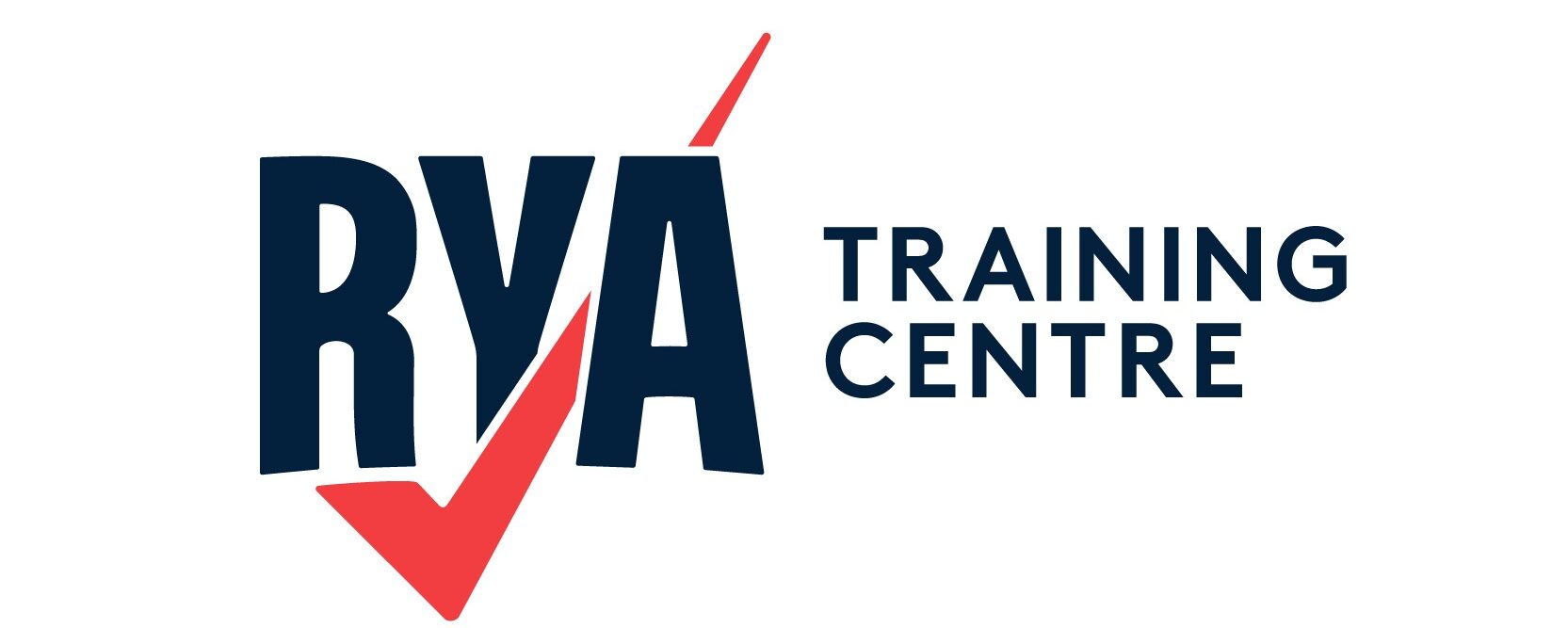Why make a float plan?
In an emergency situation there is a lot of crucial information that needs to be communicated with the emergency services. It can be hard to remember everything, and without a float plan you are counting on someone else to remember all of the detailed information that rescue personnel need in order to find you. Getting accurate information quickly to the emergency services will make a difference in the outcome.
Who should use a float plan?
Whether you are a kayaker going out for an afternoon, or the captain of a 80m super yacht, you should complete a float plan and file it. Some of the types of water users that may use float plans are:
- Kayakers
- Sport fisherman
- Hunters
- Jet Skiers
- Water skiers
- Family day cruisers
- Private charter boat services
- Canoeists
- Rowers
- Rafters
- Sail boaters
- Power boaters
RYA SafeTrx App
 RYA SafeTrx is a smartphone app for both Android & Apple iOS devices (iPhone, iPad) that allows you to track your journey (in UK territorial waters) on your smartphone.
RYA SafeTrx is a smartphone app for both Android & Apple iOS devices (iPhone, iPad) that allows you to track your journey (in UK territorial waters) on your smartphone.
RYA SafeTrx provides all recreational boat users, particularly dinghy cruisers, PWC users, canoers, kayakers, wind and kite surfers and smaller boat users who don’t have or use AIS with a cheap, easy, and reliable means that can inform HM Coastguard of their voyage plans and dynamic location in the event of distress.
You can enter your journey details directly from your smartphone and set off knowing that should you not return by the time given, a nominated emergency contact will be alerted and advised to initiate appropriate action.
 Where an emergency contact calls HM Coastguard about an overdue trip, they will have access to your location and SafeTrx Trip data through a secure SafeTrx server.
Where an emergency contact calls HM Coastguard about an overdue trip, they will have access to your location and SafeTrx Trip data through a secure SafeTrx server.
Since RYA SafeTrx periodically sends your location data back to our servers, the Coastguard’s response team can get help directly to you, and quickly.
RYA SafeTrx is an ‘easy to use’ tool that exploits smartphone technology to supplement traditional communications equipment (e.g. VHF DSC) and alerting methods (e.g. distress beacons) to increase safety. It does not replace GMDSS, EPIRB, PLB or AIS.

